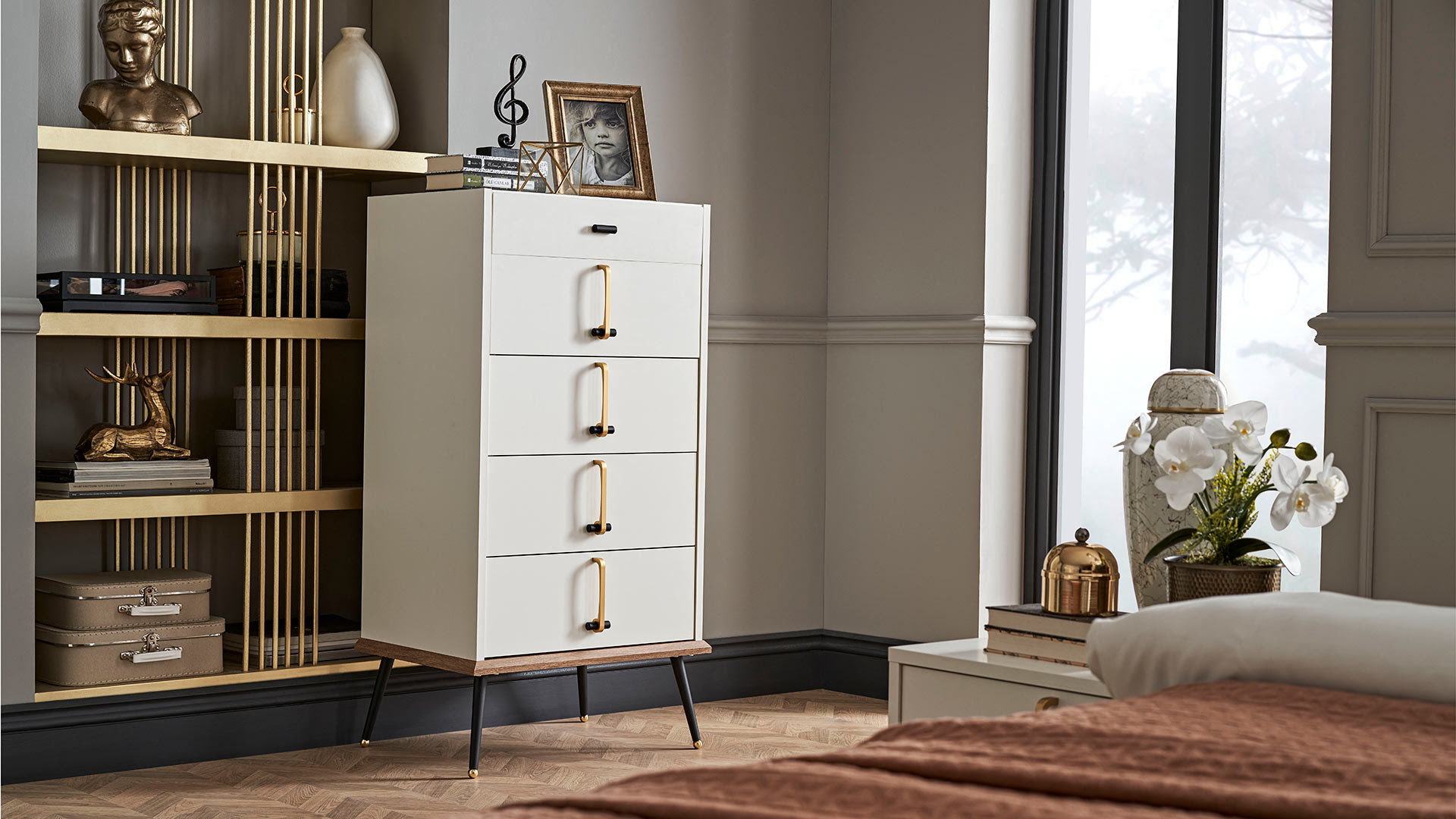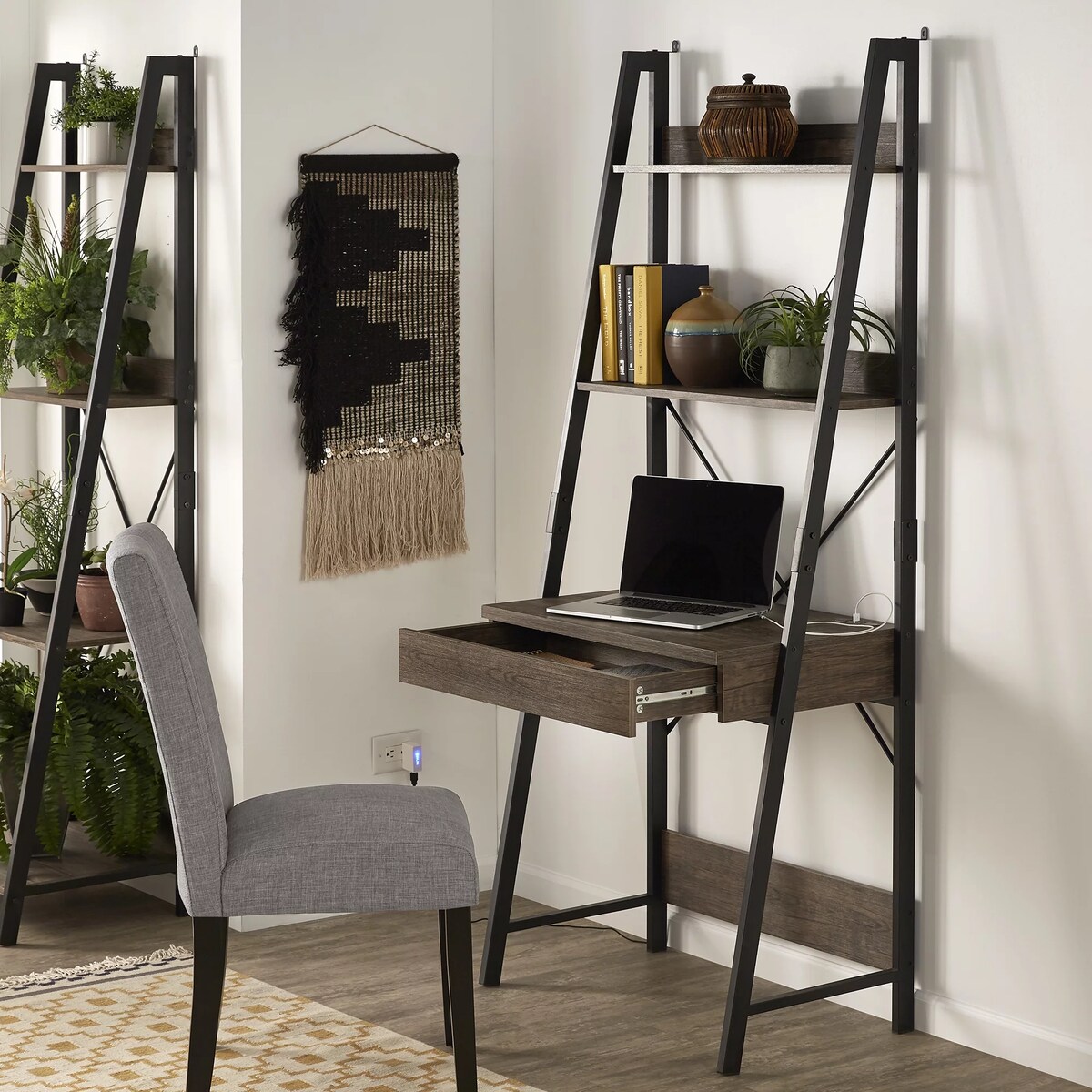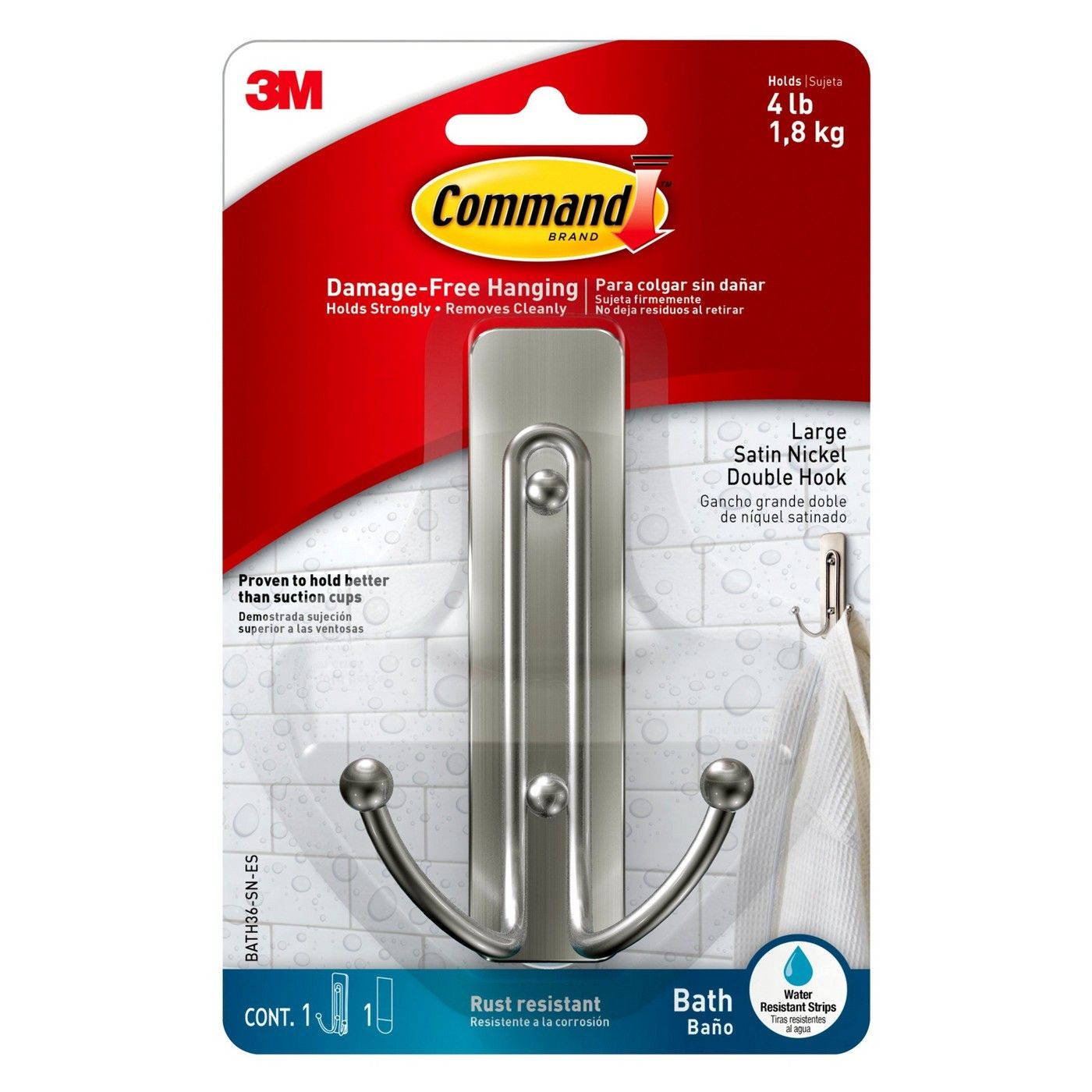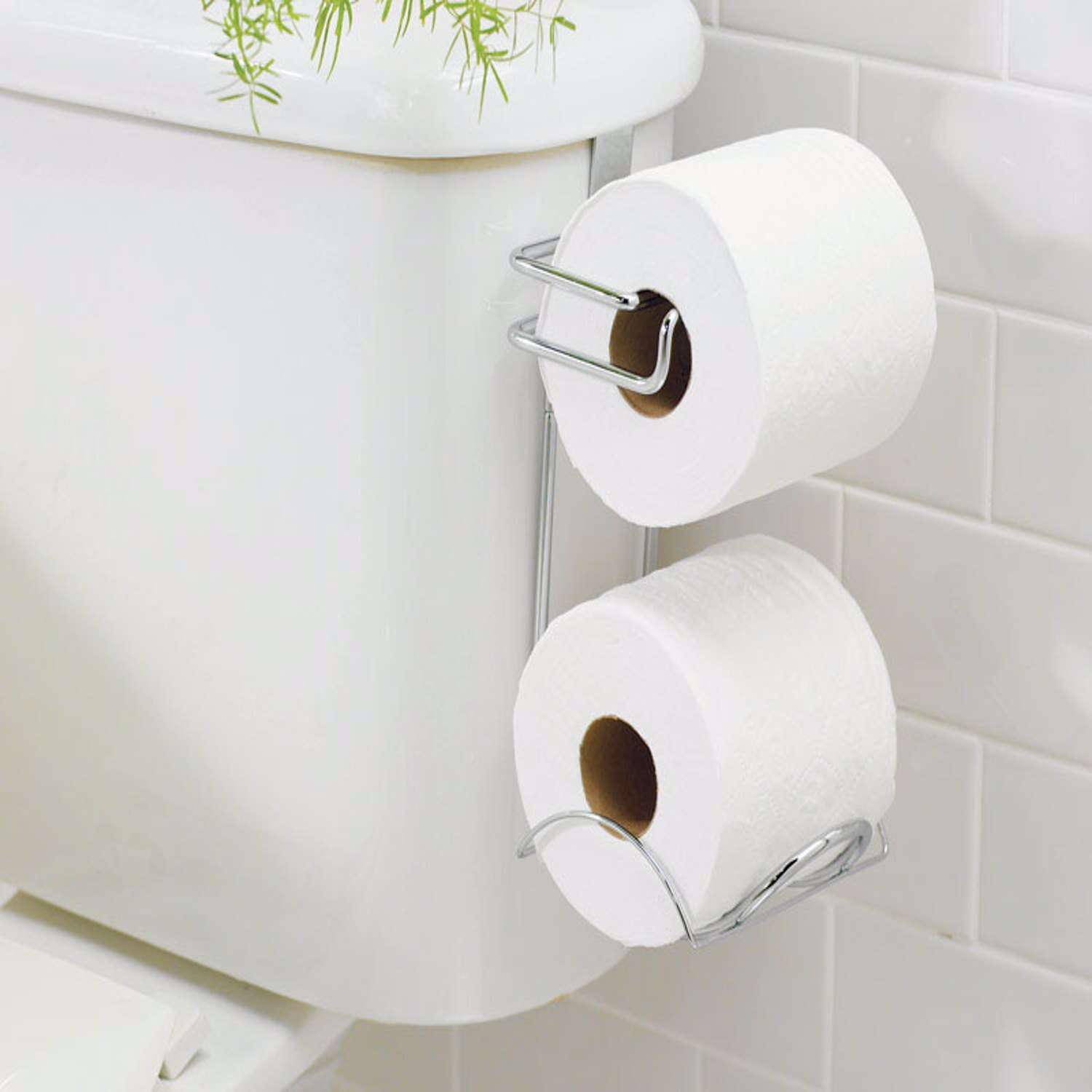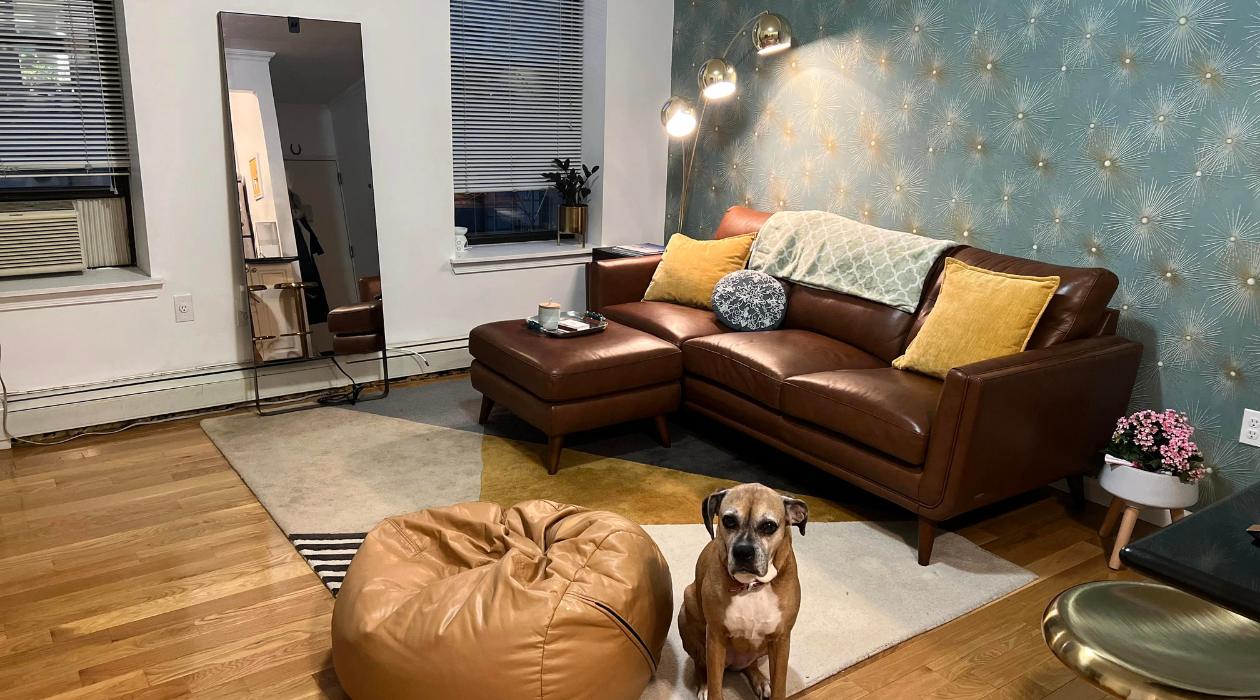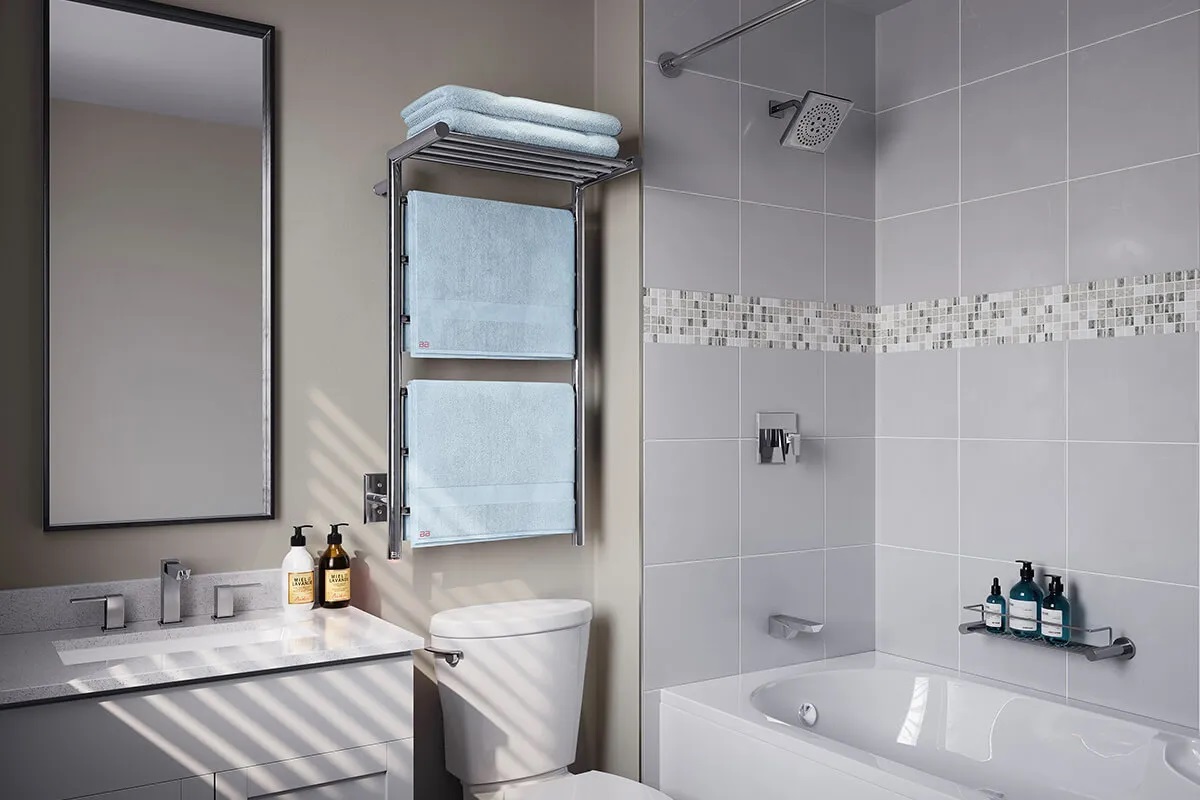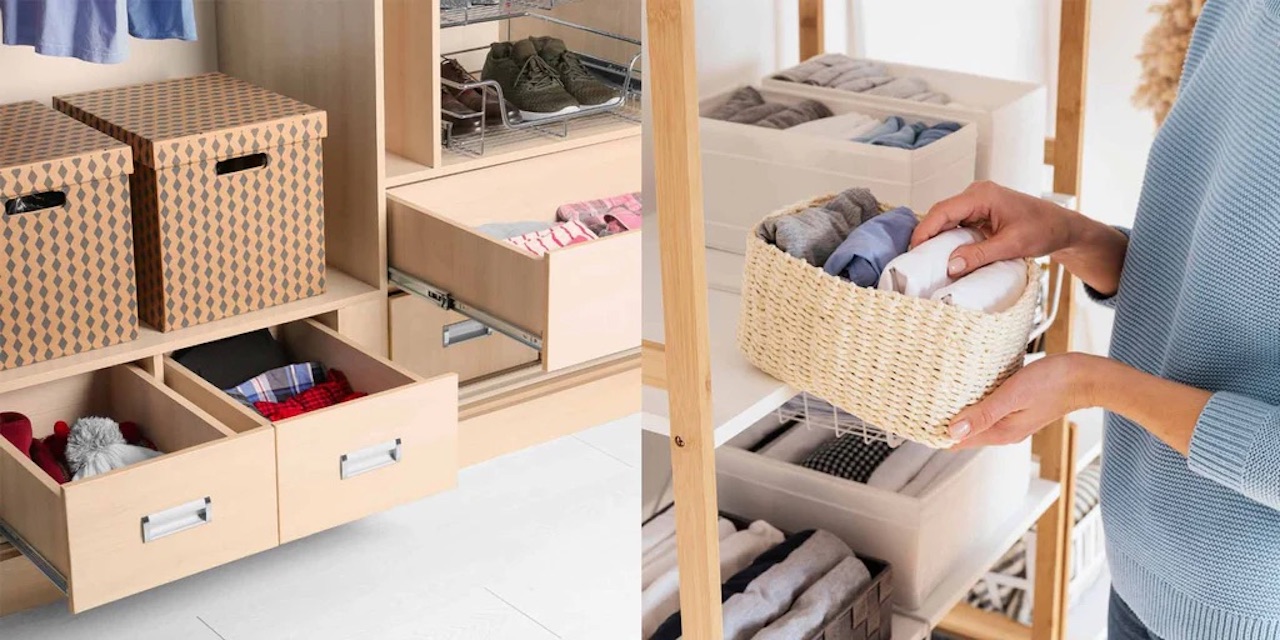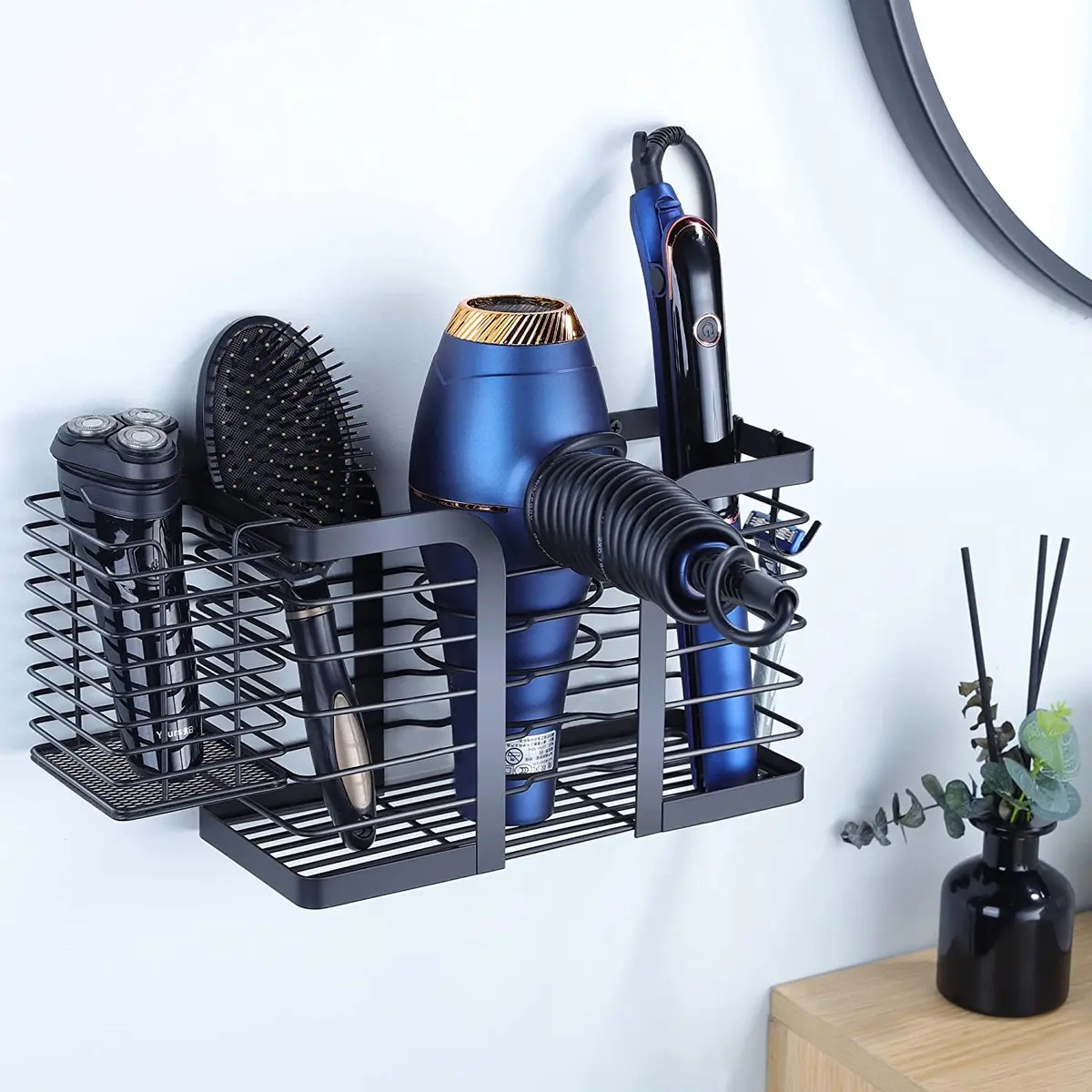Home> Space-saving
Space-Saving Solutions: Transform Your Home with Ingenious Ideas
Discover game-changing space-saving techniques for your home. Get organized, declutter and maximize your living area with our smart solutions.
10 Superior Tall Dresser for 2024
By: Sophie Thompson • Your Ultimate Guide To All Things Furniture
This 700-Square-Foot Apartment Makeover Maximizes Storage And Style
By: Henry Campbell • Articles
